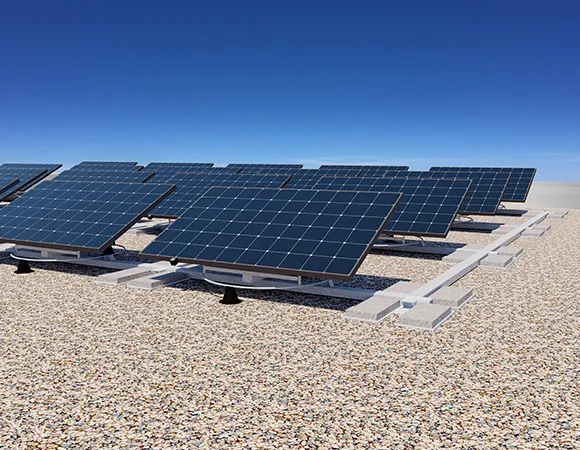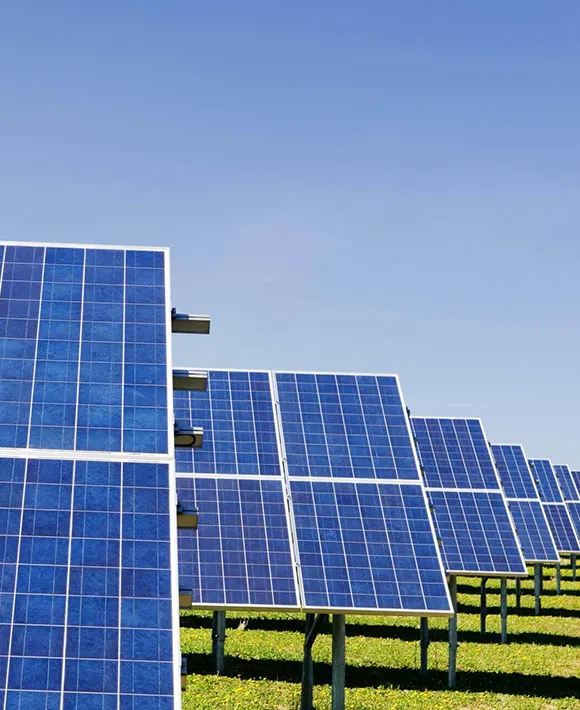Microgrids
Growth
Micro grids offer true, around-the-clock power that adjusts to changing energy needs while keeping costs down. With more supportable energy sources and the push to lower CO2 emissions, micro grids are now more popular than ever. They’re especially useful for the long term, like in Utah, where power is strong but could face changes from climate shifts. A micro grid is a small, local energy system that can run each of them with the main power grid or on its own. It uses energy sources like solar panels, batteries, and generators, all managed by smart software. Unlike just a solar and battery setup, a micro grid has a smart controller that can keep the power stable and can work freely from the main grid. This makes micro grids a great choice for safe, flexible energy, helping society and buildings stay powered no matter the conditions.


What is a Microgrid?
A Microgrid provides uninterrupted, 24/7 power to balance load demands for an organization with changing power needs and reduce power/demand costs dramatically.
Microgrids are a localized and self-contained energy system that will operate off-grid or on-grid. It consists of solar panels, battery storage, hybrid inverter and if desired a generator and/or a windmill. All are integrated and controlled by very smart, reliable, controller containing advanced software tools, AI, and communication technologies
Microgrids can serve one building, a building complex or an entire community. They can operate as a separate entity or connect to the RMP power grid.
What’s the difference between a “State of the Art” Microgrid and a solar/battery system?
A microgrid is very “smart” whereas solar and batteries have no intelligence.
The second and larger difference is Microgrids can be stand alone or be connected to the RMP grid (if grid-tied), They manage the power quality (voltage and frequency control), which is usually the grid’s responsibility. It also, knows when demand spikes are about to happen and reduces, if not eliminates, demand charges.
Why install a Microgrid?
Reliability, Cost savings, Local Power Management, Environmental Sustainability, Energy Independence, Resilience.
Why install a Microgrid instead of just Solar and Batteries?
● With a Microgrid you will always be charging EV’s with “Clean Power” not dirty RMP power.
● Reliability – Never lose power again, no spikes or surges. RMP is not going nuclear or building more coal plants but there will be more new buildings and EV’s every year. The main power grid will continually see more strain!
● Cost savings/Revenue – Reduce power cost up to 90%. Sell power to RMP. Obtain revenue from EV’s.
● If you continue to use RMP you will be:
1. Contributing to climate change and exacerbating the climate problem.
2. Increasing your RMP power bill because of rate hikes and increased “Demand”.
Microgrid Incentives
Nonprofits and Government
o 30% Federal Tax Rebate.
o 10% Tax Rebate for using “Made in America” Products.
● Commercial, Residential. Agriculture.
o 30% Tax Credit.
o 10% Tax Credit for using “Made in America” Products.
o 2025 40% MACRS Depreciation write down from 1 to 5 years.
o Normal Depreciation method your company uses.
o 10% Tax Rebate from State of Utah for all types of installations.
● RMP Wattsmart Program Battery Rebate up to $9,600.
Smart Power Control
A micro grid is controlled by a smart control center or power management system. This system manages energy resources, transforms solar power, and adjusts to weather guesses for effective energy use.
Smart Energy Systems
Our micro grid technology keeps your power on, using smart systems for energy.
Future Power Needs
Installing a micro grid is important for our energy future. You can start by adding one part and then grow as needed. The pieces last a long time, so you won’t need to replace them often. As more homes and businesses are built, the need for strong power increases. Big buildings like factories and data centers use a lot of energy. Many businesses are returning to the U.S. because of economic changes. The boost in electric vehicle (EV) charging stations will add even more stress on the old power grid. This may help with higher energy costs and more outages. With a micro grid, you can make your own energy and even sell extra power back to the grid, helping meet your needs and the nation’s growing energy demands.
Local Management
Micro grids manage local energy better, helping to save money and lower electricity costs.

